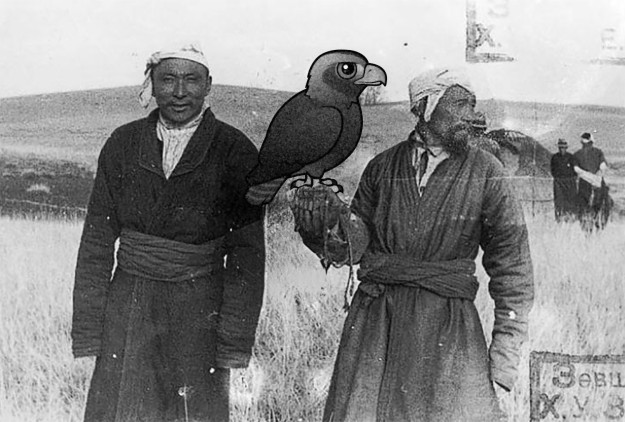Birdorable's Newest Addition: The Majestic Golden Eagle

We're excited to announce the addition of the Golden Eagle to our Birdorable family! These majestic birds, known for their impressive wingspan and powerful build, are a sight to behold across the northern hemisphere. Common in western North America, the Golden Eagle ranks as the third largest bird of prey in the region, trailing only behind the Bald Eagle and the California Condor. However, these grand birds tend to steer clear of the eastern United States, preferring less populated areas to make their homes.
Golden Eagles possess an incredible adaptability, thriving in a variety of habitats, from mountain ranges to open plains. Yet, despite their versatility, they have not been immune to the impacts of human expansion and habitat destruction. Europe has witnessed a particularly noticeable decline in Golden Eagle populations, a stark contrast to the days when they were numerous across the temperate plains. Human activity has forced these eagles to retreat to more secluded areas, with the species now mostly confined to the mountainous regions of the Alps and the Carpathian Mountains in Eastern Europe.
The significance of the Golden Eagle extends beyond its natural majesty; it holds a place of honor as the national bird of Austria, Germany, Kazakhstan, and Scotland. This bird embodies the strength, freedom, and resilience that these nations value, making it a symbol of national pride and cultural heritage.
Falconry in Kazakhstan is a tradition steeped in history, showing a deep-rooted connection between humans and birds of prey, particularly the majestic Golden Eagle. Known locally as "burkut" or "berkut," these eagles are revered for their hunting prowess and are integral to the nomadic lifestyle that persists in the region. The practice of falconry, passed down through generations, is much more than a method of hunting; it's a cultural heritage that embodies the symbiotic relationship between the Kazakh people and the natural world. Training a Golden Eagle requires patience, respect, and skill, with the bond between the falconer and the bird being of paramount importance. These trained eagles are used to hunt foxes and wolves, playing a vital role in the community by controlling predator populations and providing fur for warmth. Falconry, recognized by UNESCO as an Intangible Cultural Heritage of Humanity, continues to be a source of pride and tradition in Kazakhstan, preserving a way of life that has harmonized with the environment for centuries.

Two Kazakh hunters with a Golden Eagle on an expedition in 1938









Comments
Be the first to comment
Thank you!